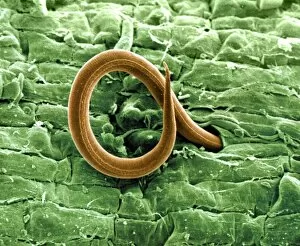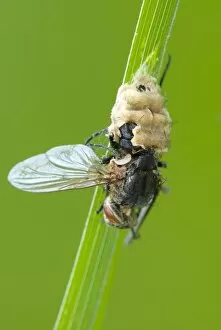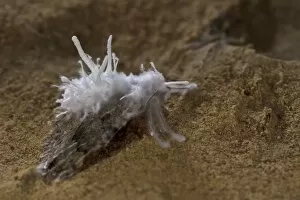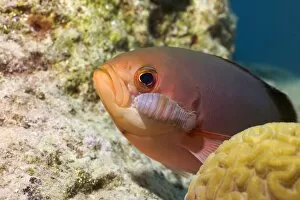Parasitising Collection
"Nature's Intricate Web: The Art of Parasitising" A Buff-tailed Bumblebee (Bombus terrestris) adult, captured in a close-up of its head
All Professionally Made to Order for Quick Shipping
"Nature's Intricate Web: The Art of Parasitising" A Buff-tailed Bumblebee (Bombus terrestris) adult, captured in a close-up of its head, reveals an unexpected infestation of mites. Even the smallest creatures can become hosts to parasites in our garden sanctuary. Witness the Emerald Cockroach Wasp (Ampulex compressa) adult female as she skillfully stings an American Cockroach (Periplaneta americana). This fascinating act showcases nature's ability to exploit and control other species for its own survival. Inside the body of the unfortunate American Cockroach host lies an Emerald Cockroach Wasp larva, quietly developing and consuming its host from within. Nature's cycle continues with this intricate parasitic relationship. Emerging triumphantly from the dead body of her former host, an Emerald Cockroach Wasp adult female symbolizes both death and rebirth in one extraordinary moment. Life finds a way even amidst decay. Leading her captive American Cockroach companion with precision, the Emerald Cockroach Wasp adult female demonstrates her dominance over another species through manipulation and control. Freshly deposited on its unsuspecting American Cockroach host, an Emerald Cockroach Wasp egg marks the beginning of a new chapter in this complex parasitic tale - a story that unfolds within nature's realm. Attached firmly to its unwilling American Cockroach host, an Emerald Cockroach Wasp larva thrives by exploiting resources provided by another creature's existence – showcasing nature's resourcefulness at every turn. Carrying materials back to her burrow alongside a buried American cockroach carcass, the industrious Emerald Cocokach wasp prepares for future generations while utilizing every aspect of their prey for their own benefit. Leading yet another captive American cockraoch towards uncertain fate, the emerald cocokach wasp adult female displays her prowess in manipulating and controlling other species for her own survival.



















